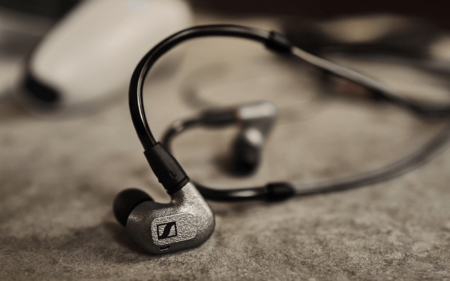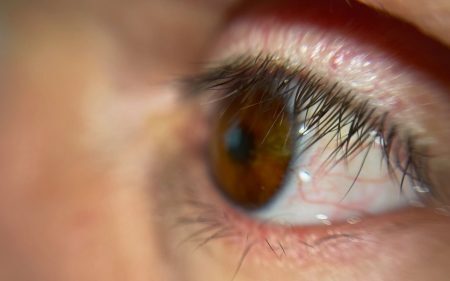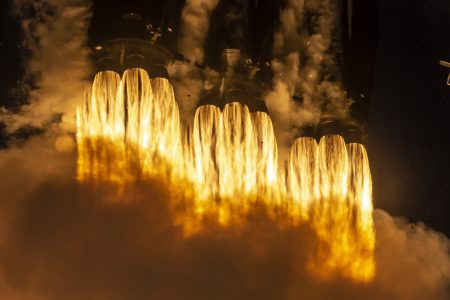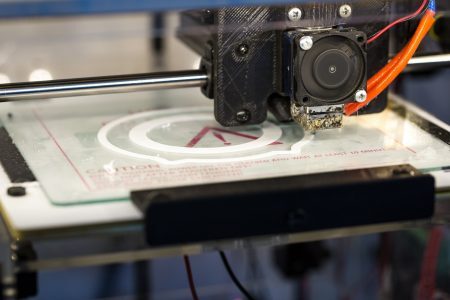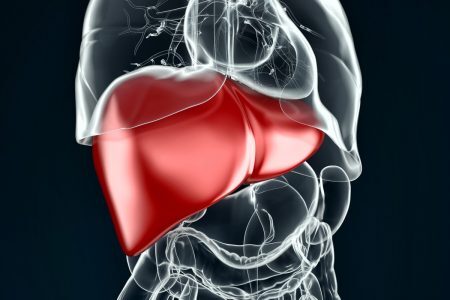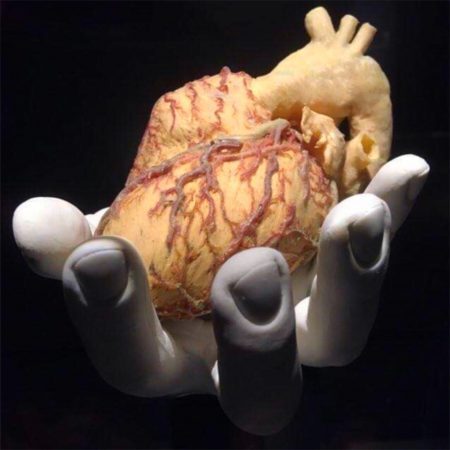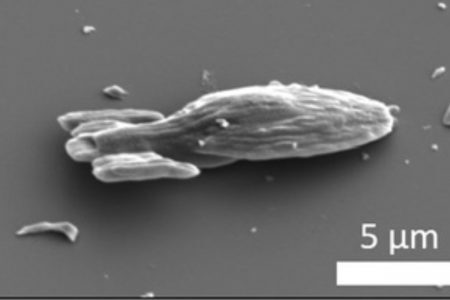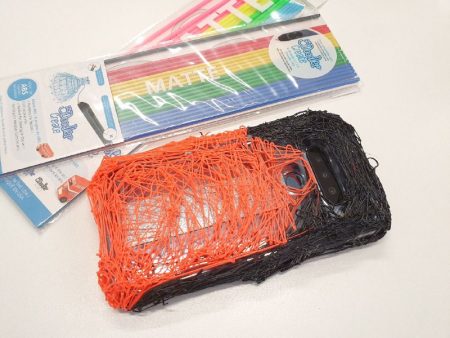Sennheiser may have offloaded its consumer audio division to another company last year, but that didn’t mean they were getting…
Browsing: 3D printing
3D printing is either something hobbyists do to build plastic stuff that sits on the shelf, or that has high-end…
The volatile nature of space rocket engines means that many early prototypes end up embedded in dirt banks or decorating…
While the pandemic has restricted us from doing many activities we like, household hobbies such as DIY, baking and crafts have become more popular. Now…
As outlandish and impossible as most movie-made sci-fi tech can be, it appears 3D printing organs is becoming more and…
Due to the global organ shortage and limited organ donors, thousands of patients are left wanting organs and tissues in…
American construction company Mighty Buildings has announced that it plans to build what it’s calling the “world’s first planned community…
You’ve definitely seen that episode of a sci-fi TV show where your favourite characters shrink down to the size of…
We got our hands on the latest 3Doodler Create+ and some disposable filament, and made some useless things that no-one would ever use.
The entire Apollo 11 mission to the moon took just eight days. If we ever want to build permanent bases on the moon, or perhaps even Mars or beyond, then future astronauts will have to spend many more days, months and maybe even years in space without a constant lifeline to Earth. The question is how would they get hold of everything they needed. Using rockets to send all the equipment and supplies for building and maintaining long-term settlements on the moon would be hugely expensive.

